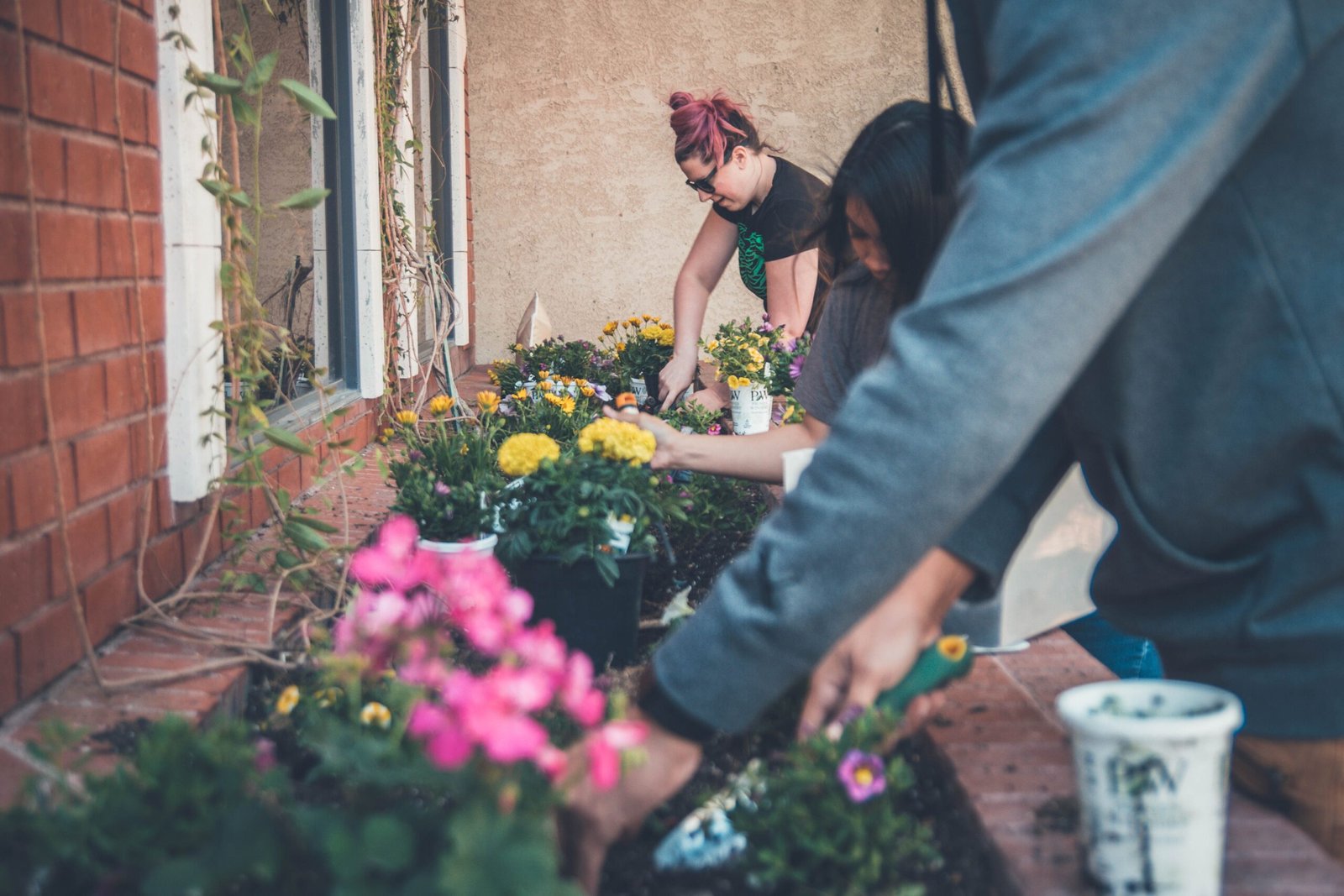
Communities are the backbone of society, playing an essential role in people’s lives, both locally and globally. Building and nurturing strong communities is vital for their development, engagement, sustainability, and impact. In this article, we will explore the significance of community-building and the various aspects that contribute to their success.
The Power of Community
Communities provide a sense of belonging, support, and identity. They bring people together, fostering social connections, and creating a network of individuals who share common goals, interests, or geographical locations. Strong communities have the power to transform lives, drive positive change, and enhance the overall well-being of their members.
Community Development and Engagement
Community development is the process of improving the quality of life within a community. It involves engaging community members, identifying their needs and aspirations, and working collaboratively to address them. Effective community engagement is crucial for building trust, promoting inclusivity, and ensuring that everyone’s voice is heard.
Strategies such as organizing community events, establishing local initiatives, and creating platforms for dialogue and collaboration can help foster community development. By involving residents in decision-making processes and encouraging active participation, communities can become more resilient and better equipped to tackle challenges.
Success Stories: Inspiring Community Initiatives
There are numerous examples of successful community initiatives that have made a significant impact. From grassroots movements to large-scale projects, these initiatives have brought about positive change in various areas such as education, healthcare, environmental conservation, and social justice.
One inspiring example is the “Greening the City” project in a small town. Through the collective efforts of community members, they transformed vacant lots into community gardens, providing fresh produce, promoting sustainability, and fostering a sense of pride and ownership among residents.
Another success story is the “Youth Empowerment Program” in a disadvantaged neighborhood. By offering mentorship, educational resources, and skill-building opportunities, this initiative has empowered young individuals, breaking the cycle of poverty and creating a brighter future for the community.
Challenges and Solutions
Building and nurturing strong communities is not without its challenges. Limited resources, lack of collaboration, and social inequalities can hinder community development efforts. However, these challenges can be overcome through innovative solutions and collective action.
For instance, forming partnerships with local businesses, government agencies, and non-profit organizations can help secure funding and resources for community projects. Additionally, promoting inclusivity and diversity within communities ensures that everyone’s needs are considered and that no one is left behind.
Inclusivity and Diversity: Fostering Stronger Communities
Inclusivity and diversity are essential components of strong communities. By embracing people from different backgrounds, cultures, and perspectives, communities become more resilient, innovative, and compassionate.
Creating spaces that are welcoming and safe for all individuals, regardless of their race, gender, or socioeconomic status, fosters a sense of belonging and encourages active participation. It is crucial to celebrate diversity and promote equal opportunities within communities to ensure a thriving and interconnected society.
The Enduring Value of Thriving Communities
Thriving communities have a lasting impact on individuals and society as a whole. They enhance the quality of life, promote social cohesion, and create a sense of pride and unity among residents. Strong communities are more resilient in times of crisis and are better equipped to address challenges collectively.
As individuals, we have the power to contribute to community-building efforts. By actively participating, volunteering, and supporting local initiatives, we can make a difference and create a better future for ourselves and the generations to come.
In conclusion, building and nurturing strong communities is of utmost importance for their development, engagement, sustainability, and impact. By implementing effective community-building strategies, learning from success stories, addressing challenges, promoting inclusivity and diversity, and recognizing the enduring value of thriving communities, we can create a society that is interconnected, resilient, and compassionate.